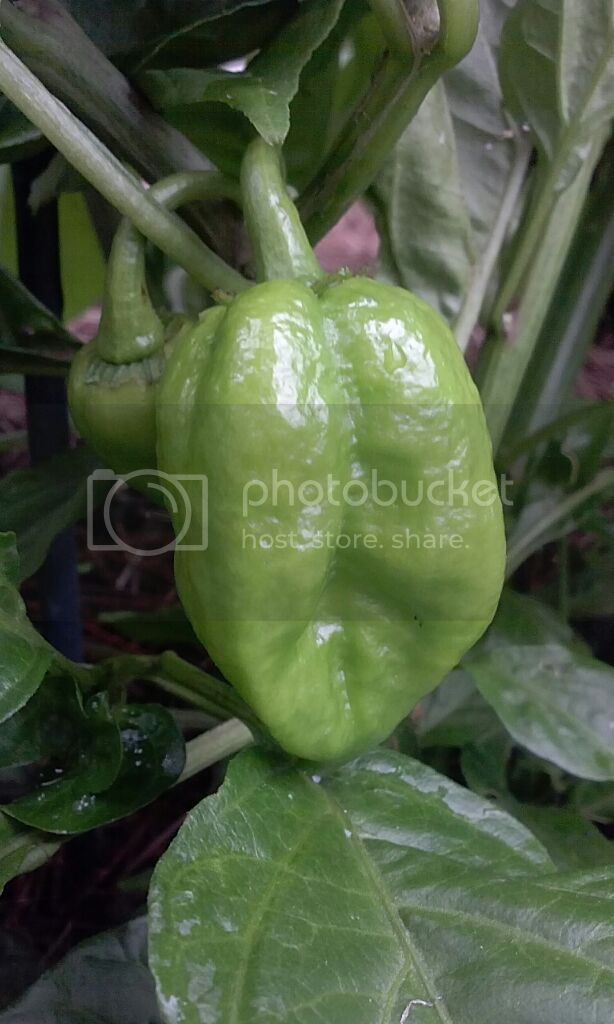out of all my cap, Chins the black stingers are going nuts stems are fused in 2 and 3 together they are also blooming a lot more than others including choc hab choc buhts, 7pot B, black nagas ,choc bonnets, all under same soil light and nutrition.. here are a few pics of the stems flowers and pods there is a choc bhut pod in the mix http://s1304.photobucket
got to get pic up hold on


[url=http://s1304.photobucket.com/user/pepperhog/media/Snapbucket/EE73A475-orig_zps66c59a15.jpg.html] cho
cho c bhut pod
c bhut pod
got to get pic up hold on


[url=http://s1304.photobucket.com/user/pepperhog/media/Snapbucket/EE73A475-orig_zps66c59a15.jpg.html]
 cho
cho c bhut pod
c bhut pod
